Evolutionary Odyssey of Brontotheres (Brontotheriidae)
05.09.2023 12:15
2175 views
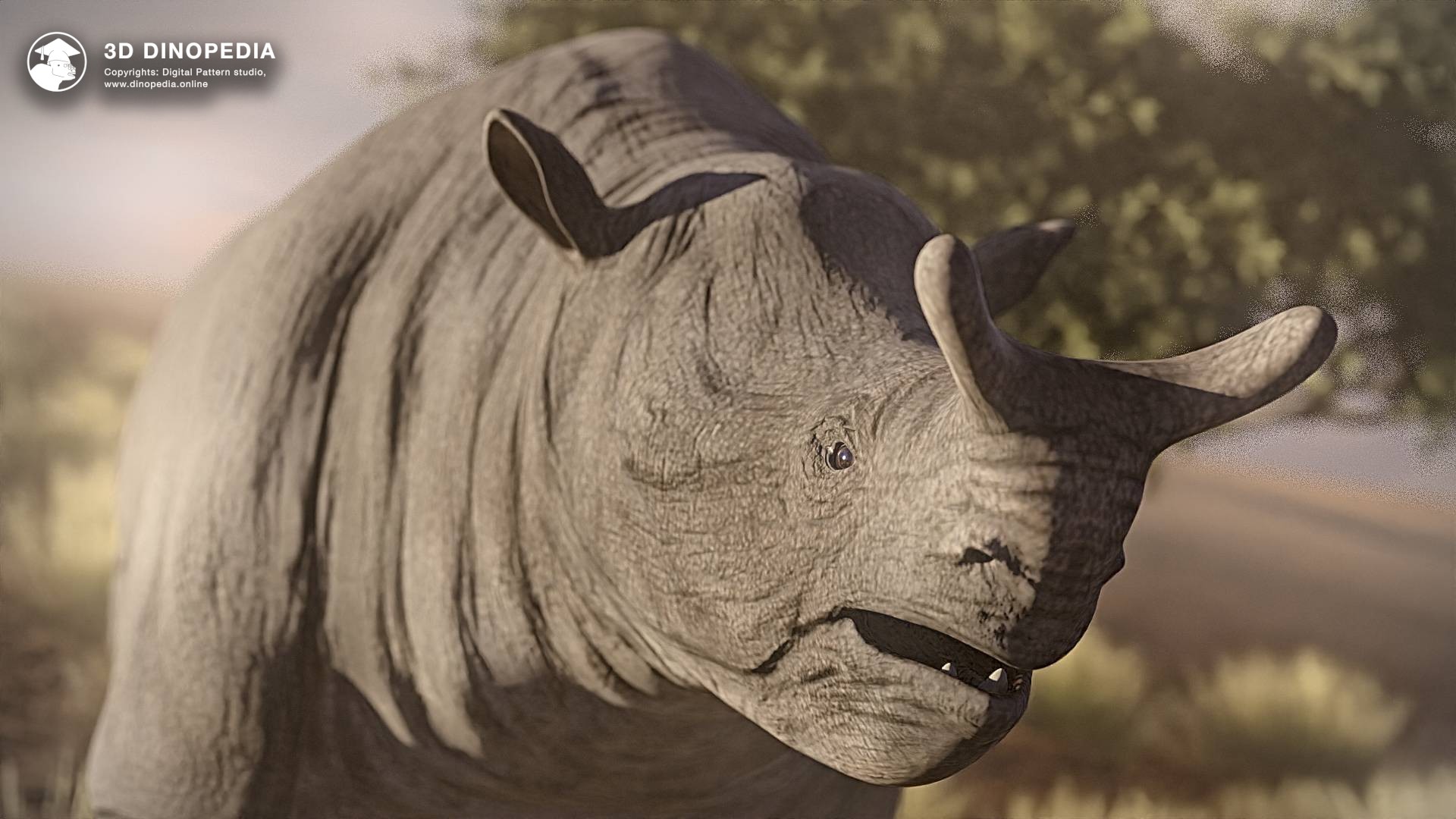
The sun lit up a small clearing among the trees. Despite it being noon, an idyllic calm prevailed. When a small beetle with an iridescent blue-green back flew in and clumsily landed on a tree leaf, it made so much noise that it seemed as if it were a real helicopter, not a creature just a couple of centimeters long (less than an inch). Suddenly, this fairy-tale world was filled with repeated, frequent thuds. It seemed as if a stream of rocks was rolling down the mountain, and they would soon find themselves right in the middle of this tiny paradise. Then, heavy panting and wheezing were added to this rumbling, coming from some still invisible giant. And then the source of the noise appeared—a massive, as if coming from another world, gray giant. Breathing heavily, it stepped into the clearing. A strange horn-like protuberance adorned its snout, and in size, it resembled an elephant, while its body shape was somewhat similar to a hippopotamus that had emerged onto land. The slightly winded animal stopped in the clearing and caught its breath. It was even scary to imagine what could scare off such a giant. Calming down a bit and looking around, the noisy beast, whose presence was like thunder in the sky, decided that this place would be perfect for a small picnic. And the table was already set! Lowering its head, the "thunder beast" began to eat.
Perhaps this is what the arrival of the ancient perissodactyls Megacerops, representatives of the fossil family "Brontotheriidae," looked like. They lived from 56 to 34 million years ago. The word "brontothere" can be translated as "thunder beasts," and this description fit them well. After all, brontotheres were among the first animals to reach a height of more than two meters (over 7 feet) and a weight exceeding 2 tons (over 4400 pounds). Compared to their ancestors, who lived around 20 million years ago, they increased in size by 150 times! What caused such an increase in size, and why, despite such a successful start, did these animals go extinct around 34 million years ago, at the end of the Eocene epoch of the Paleogene period? These questions were addressed by paleontologists from the University of Alcalá, led by paleontologist Oscar Sanisidro, in a detailed scientific study conducted in 2023.
To begin with, it's important to assess the evolutionary reasons that led brontotheres to grow to such enormous sizes. As early as the late 19th century, paleontologist Edward Cope discovered one of the laws of evolution, later named after him. According to "Cope's Law," all animals are on the path to increasing their size; this is an inevitable trend. Indeed, it is beneficial for herbivores to grow larger to escape predation. But predators must also grow in response—after all, if the prey becomes too large, the animals risk starving to death, meaning they must keep up with the main trend. Cope's Law cleverly explains why animals became multicellular, why fish began to grow in size, the cause of gigantism in many dinosaurs, as well as modern elephants, rhinos, hippos, whales, and others. However, there are also plenty of small animals, which means other mechanisms are at play in nature.
An alternative version suggests that animals always follow different paths. They, if one could put it that way, experiment. Some achieve success by becoming extremely small; others grow horns and spikes; some evolve trunks, and a few attain fantastic sizes. According to research results by Oscar Sanisidro and his colleagues, brontotheres developed according to the second scenario. Yes, among them, giants rapidly evolved, weighing over a ton (over 2200 pounds), but animals weighing less than 100 kilograms (220 pounds) remained until their extinction. This means that they shamelessly pursued any evolutionary path. After all, nature, and evolution in particular, doesn't have a concept like "shame"—everything that promotes survival becomes fixed across generations. The reason for the emergence of the largest brontotheres, such as Megacerops, was to avoid competition with other herbivorous animals. Each time they grew larger, they became more successful, as there were no other giants in the middle of the Paleogene yet. Perhaps they would have continued to grow, possibly to the size of a Diplodocus, but certain mammalian characteristics, such as being warm-blooded, unique cooling systems, and many other factors do not allow size to increase infinitely. Essentially, brontotheres reached their size limit.
So, with the help of Spanish and American paleontologists, we've learned the reason and mechanism behind the success of brontotheres. But this immediately raises another question - where are these successful animals now? Why don't they exist in the modern world? Why did they, being the "best of the best," go extinct? Oscar Sanisidro and his colleagues have found an answer to this question. The reason lies in a very abrupt change in climate at the end of the Eocene (about 34 million years ago). The growth of ice at the South Pole led to a global increase in temperature. But that was only half the trouble - the formation of ice also "took away" a significant portion of moisture from the air. Because of this, the world became significantly drier. Deserts expanded, the area of tropical forests shrank, and steppes, savannas, and pampas began to expand. This contributed to the evolution of some animals, including odd-toed and even-toed ungulates. Ultimately, because of these changes, horses, deer, aurochs, bison, and many others emerged. But not everyone could adapt. At the end of the Eocene, extinction set in, and brontotheres were among those who could not find a place in the new world.
For more details on how the paleontologists worked and what other results they were able to obtain, you can read the article published in one of the leading scientific journals, Science.
Oscar Sanisidro et al. 2023. A macroevolutionary pathway to megaherbivory. Science 380 (6645): 616-618; doi: 10.1126/science.ade1833
Discussions
Recommended articles:
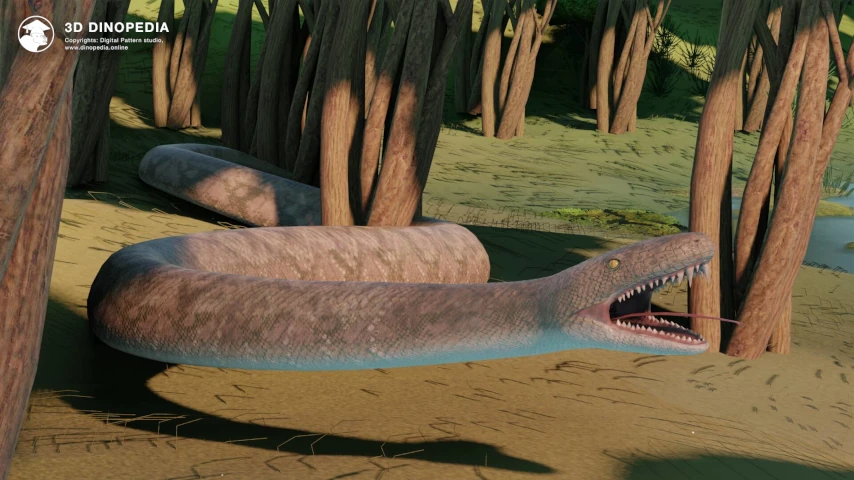
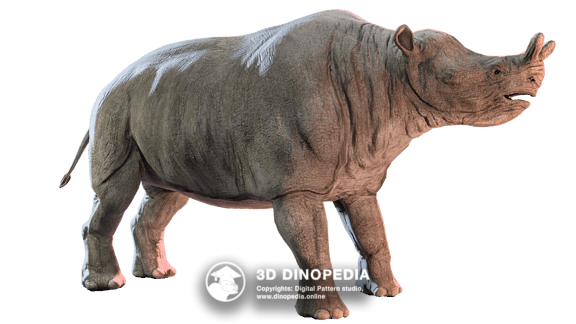

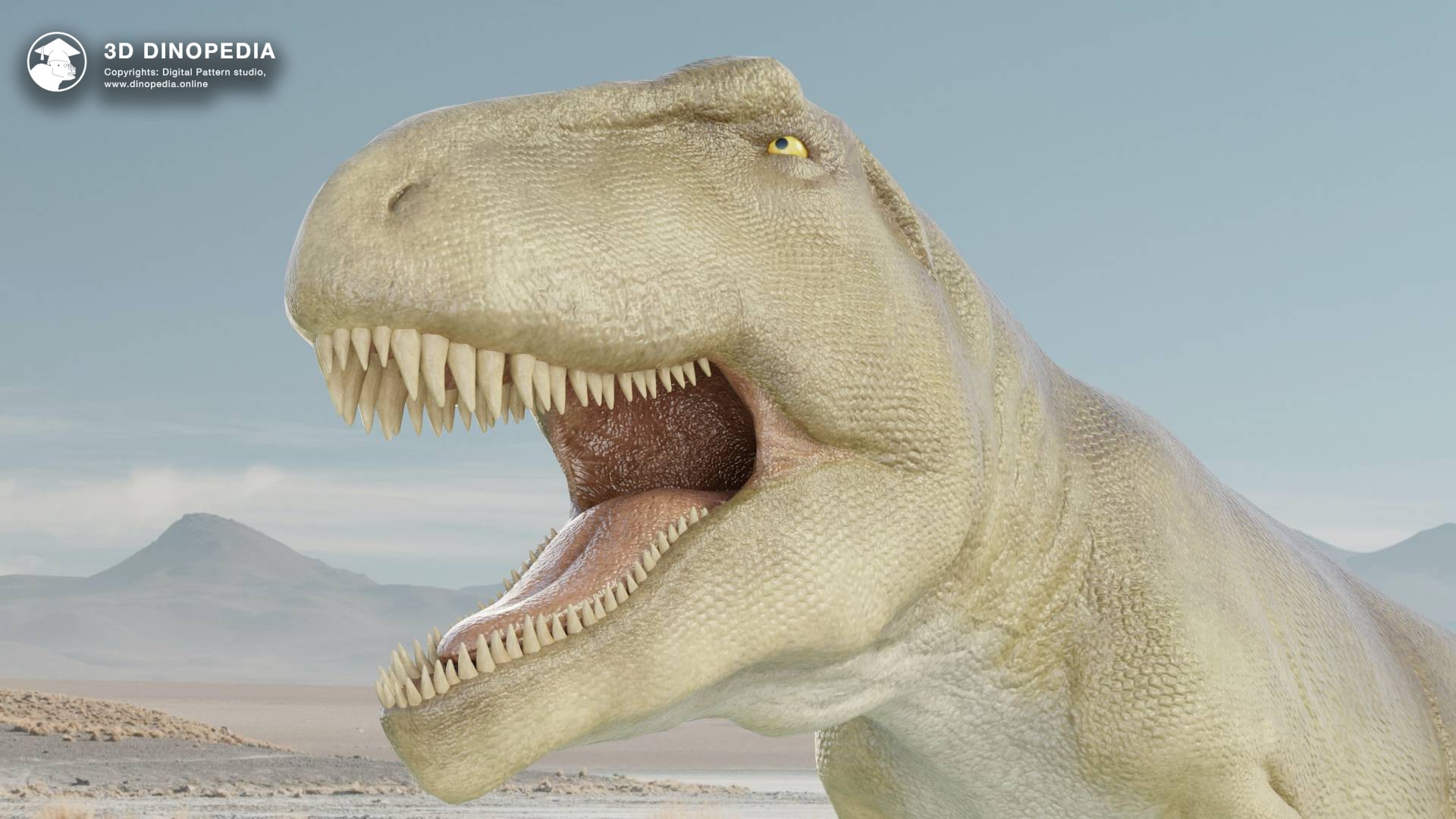
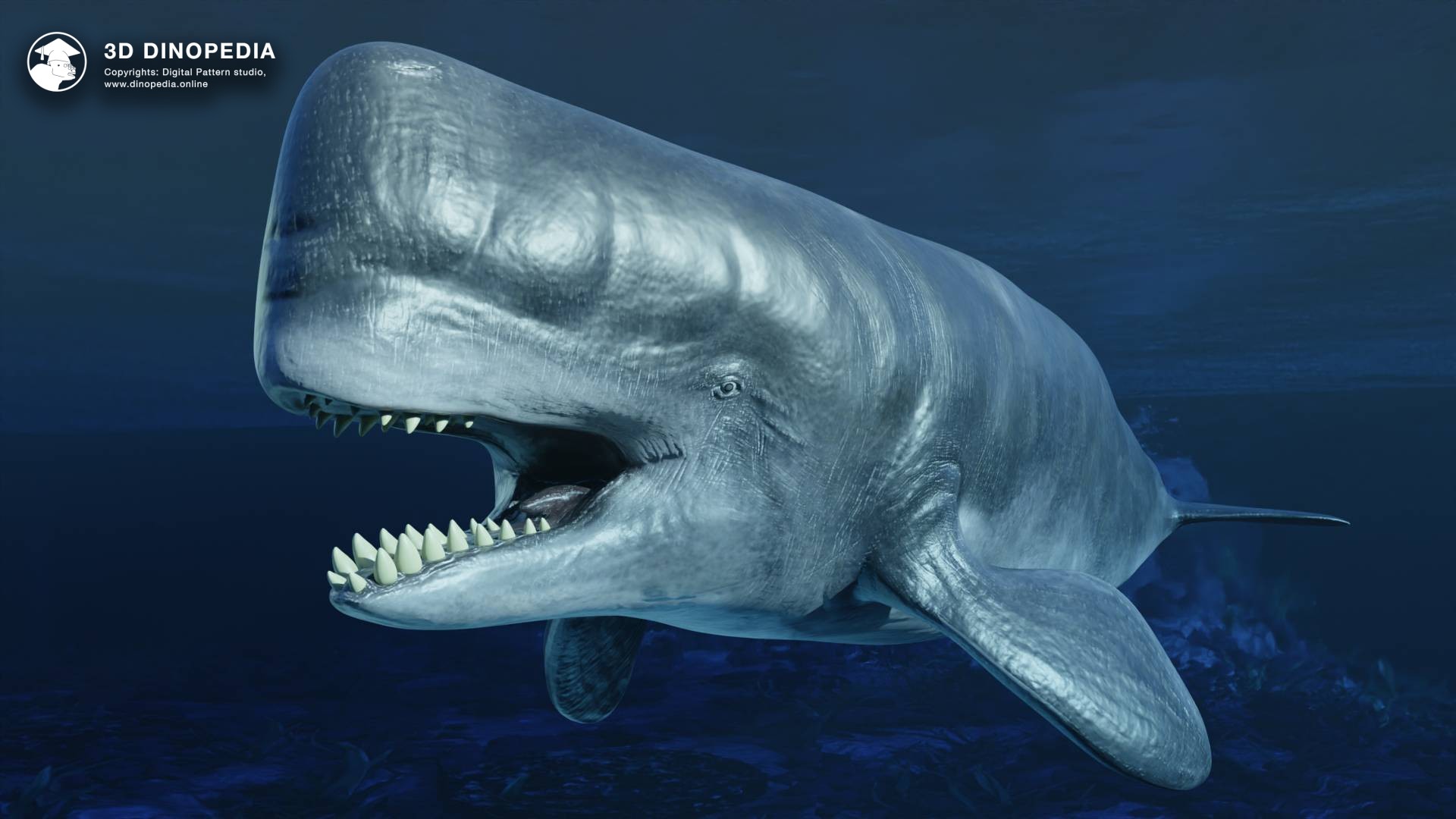
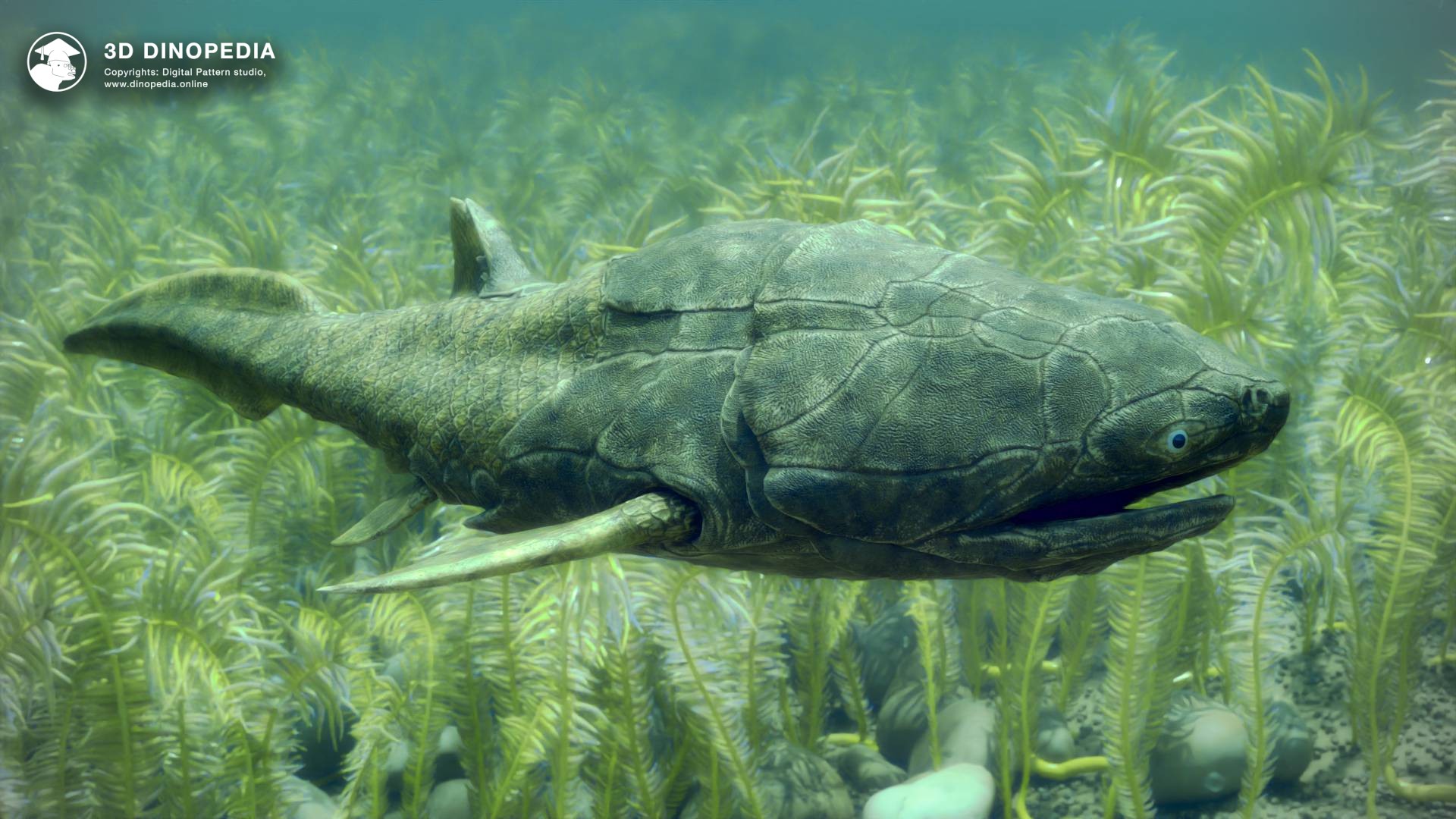

{{ count }} comments
You must login to write a comment